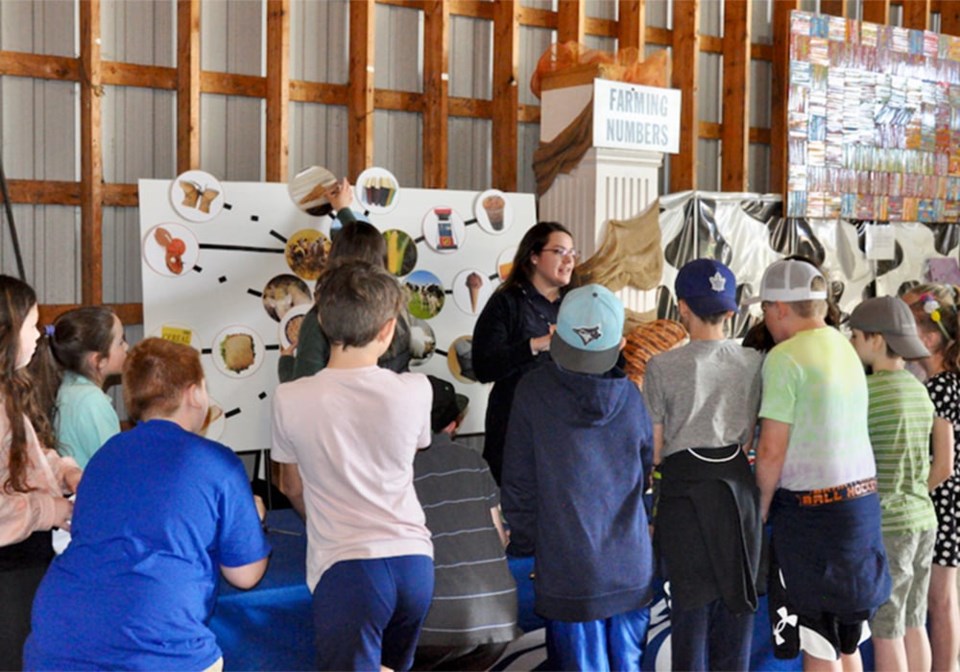One of the most enduring memories I have from elementary school is when a classmate brought a dairy calf for show and tell.
I still remember that day nearly 40 years later: how the calf’s tongue felt on my fingers and how interesting it was to hear my classmate’s father tell us about their dairy farm.
Another fond memory is visiting Bennett’s Apples & Cider and riding through the orchards on a wagon, eating a yummy cider doughnut in the farm store, and my excitement in bringing apples home to my mom.
Bennett’s was in my hometown and not far from the school, and the youngest son was one of my elementary school classmates and one of several kids I knew who came from a farm.
But like most of my classmates, I was two or more generations removed from the farm. That gap was even greater for kids in urban areas, and has grown since then.
I wanted to study agriculture in post-secondary pursuits and have always had a natural interest but my parents were a bit confused about this. Was my early exposure to farm life the catalyst? It’s very likely.
That’s why agriculture education is so important.
Without those early exposures to agriculture, I may not have been as curious about farming and food production.
At the Bite of Brant event earlier this spring, I was reminded how powerful it is to educate children about agriculture. Now in its 27th year, the event brings hundreds of students from Brant County-area schools to the Burford Fairgrounds, where they can learn about local agriculture, how food is produced, and see some of the technology involved.
Of course, live animals are always a big hit with children — the event featured baby goats, sheep, beef and dairy calves — but students were captivated at each of the 20 stations. Volunteers and local farmers explained how cider is pressed, described the types of jobs in agriculture, told why soil is important for growing crops and preventing erosion, and discussed the products (edible and non-edible) that come from plants and animals.
I spoke with several teachers at the event and was not surprised that all of them thought it was a good opportunity for students to gain a greater understanding of where their food comes from.
What did surprise me was that each teacher identified a link between the event and healthy eating. They believed that if students have a better understanding of food production, they make healthier food choices.
They couldn’t provide hard evidence, just observations. But it could have something to do with pizza.
Before boarding their buses to return to their schools, students are given a slice of pizza, an apple and a carton of milk. The teachers said the food provides an opportunity to talk about, for example, the wheat used in pizza crust and how farmers care for the animals that provide the meat toppings, cheese and milk.
Organizers of Bite of Brant knew the power of pizza right from the start. In its 25th anniversary booklet, one of the first members of the organizing committee, Stuart Budd, writes about it.
“That (pizza) gave us many angles on which to base hands-on workstations where the students could get up close and personal with farm animals and farm technology. Kids could make the connections about where the ingredients for that pizza came from.”
Â鶹´«Ã½ing with consumers has been a challenge for agriculture in the last several decades, and organizations are always looking for new ways to engage. Events like the one described can be a catalyst for the next generation of consumers, who didn’t grow up on a farm, to understand agriculture.
Kristy Nudds is the editor of Farmtario. It is published by Glacier FarmMedia, which also publishes The Western Producer.



